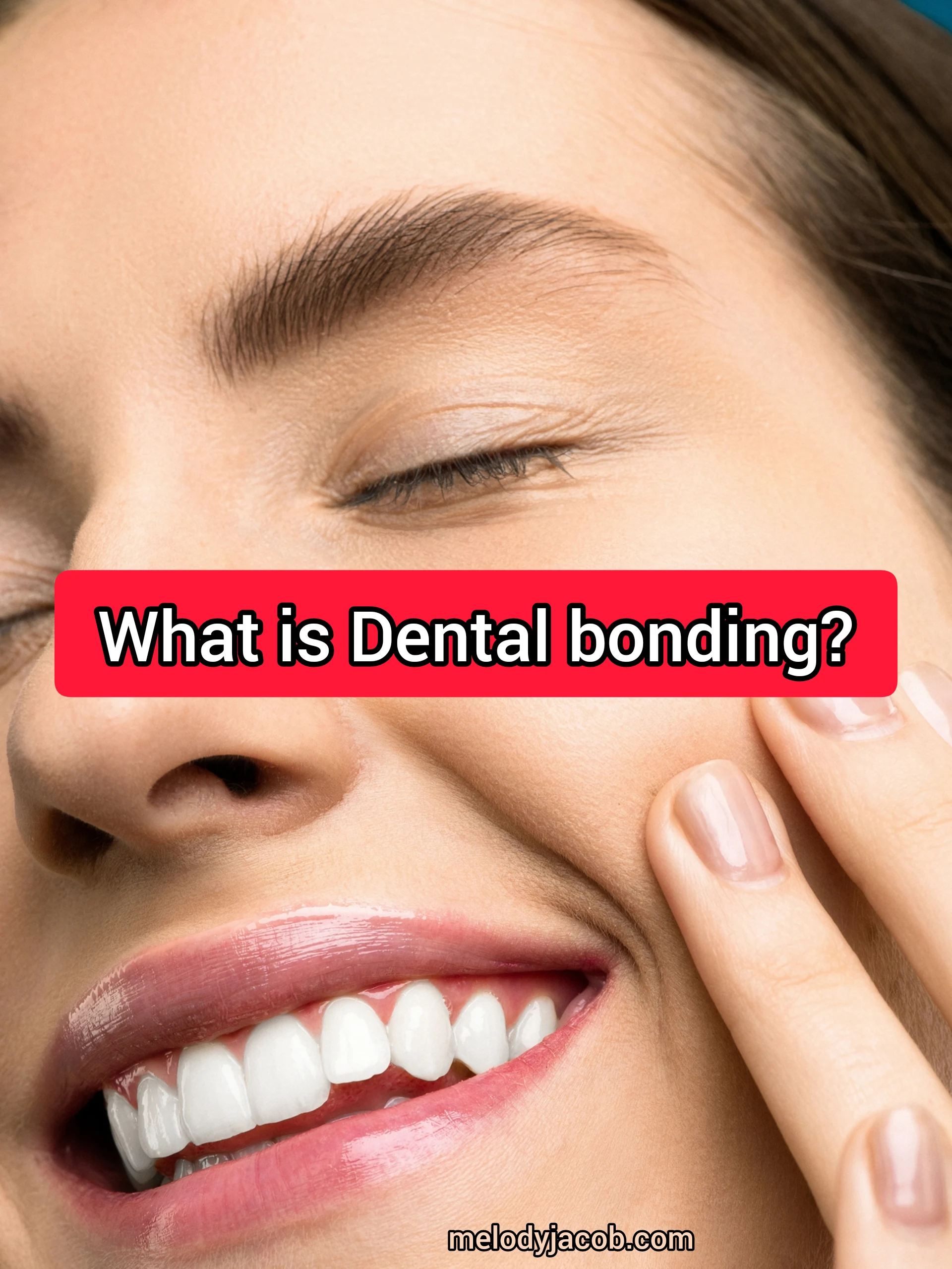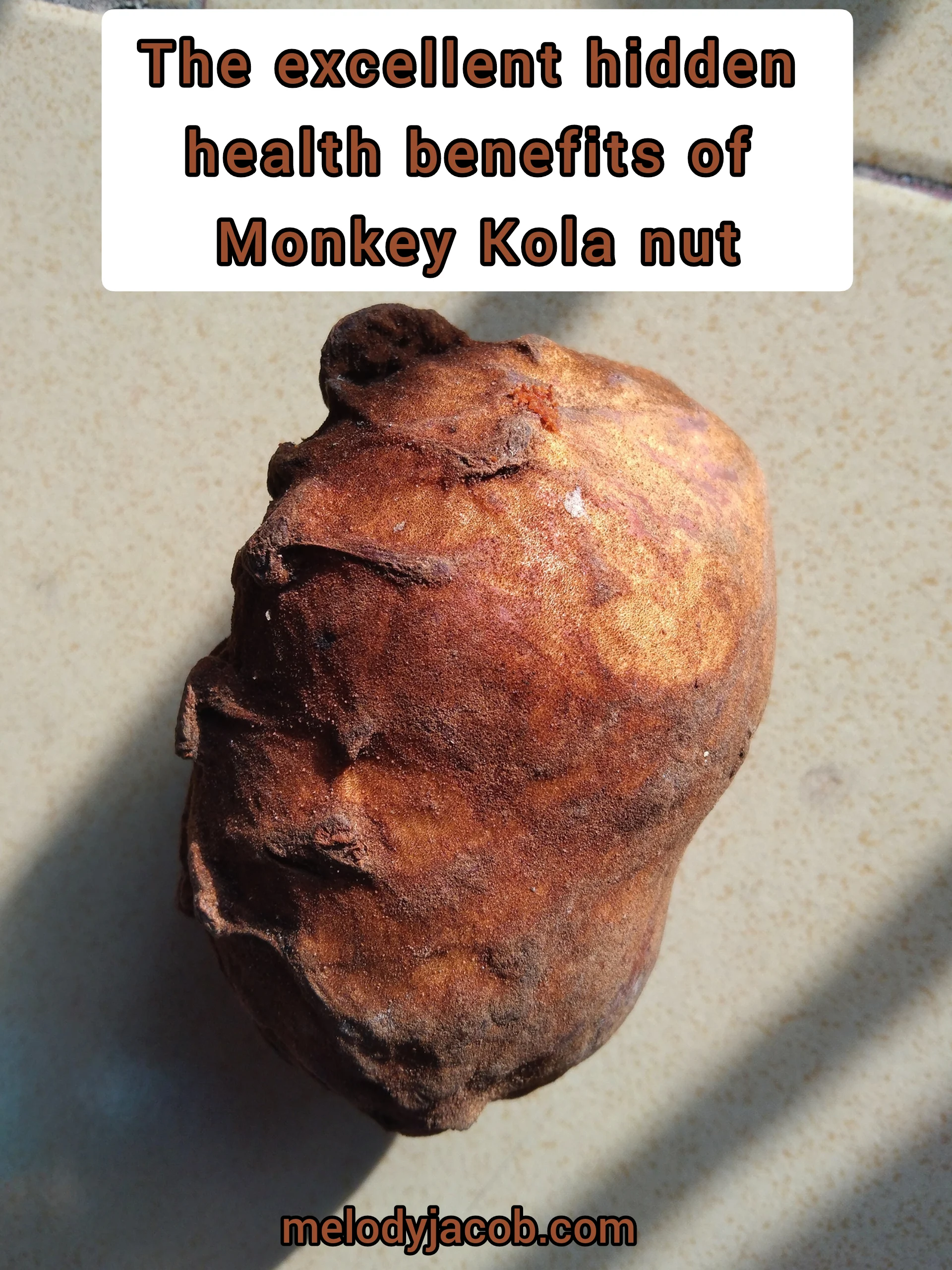Is growing older a positive or negative experience for you? According to a study published in The Journal of the American Medical Association, having a positive attitude toward ageing may aid in your recovery from a health setback. A Connecticut health plan provided 598 patients (mostly women) for the study. Over the course of ten years, participants were interviewed once a month and completed home-based assessments. The words individuals chose to describe growing older were utilized to assess their age preconceptions (ranging from positive terms like "spry," to negative terms such as "decrepit"). People with a positive attitude about aging were 44 per cent more likely than those with a negative attitude to recover from handicap. They were also better at going about their everyday routines. More research is needed to see if initiatives aimed at changing people's views about aging might help older people live more independently.
Porcelain veneers are thin shells that cover the natural tooth, protecting it while also improving the appearance of your smile. If you are considering porcelain veneers, we recommend that you seek expert advice from your dentist.
Dental veneers are very thin shells that are glued to the front of your teeth to improve the appearance of your smile. They are commonly made of porcelain or resin. Dental veneers may be recommended by your dentist to treat a variety of smile flaws. Porcelain veneers are a terrific way to improve the appearance of your smile since the hue and translucence of porcelain closely resemble the natural appearance of tooth enamel. Porcelain is also stain-resistant, so your smile will last for many years. Resin veneers can also be customized to match the color of your natural teeth. You can have a gorgeous, natural-looking smile with dental veneers that you will be proud to show off.
According to a recent survey, one in every five people owns a smartwatch or fitness tracker. These wrist-worn monitors are a convenient way to track your daily steps, and they're likely more accurate than the tally on your smartphone, which you may not have with you at all times. Most wearable devices also provide a variety of other data, such as your heart rate, walking speed, and so on.
But does using one have an impact on how active people are? The answer is yes, according to the largest study on the subject to date (see "Fitness trackers and activity levels: What's the evidence?"). Regular physical activity is essential for a healthy heart, and the improvements seen in this study could potentially make a difference, according to Dr Megan Wasfy, a cardiologist at Harvard-affiliated Massachusetts General Hospital's Cardiovascular Performance Laboratory.
"The increase in moderate-to-vigorous physical activity was close to 50 minutes per week, which is one-third of the 150 minutes recommended by federal activity guidelines," Dr. Wasfy says. The extra 1,200 daily steps taken when people wore trackers were roughly the same as the number of steps linked to a longer life in several studies. 10,000 steps a day has been recommended as a daily goal for a long time, but research shows that 8,000 steps a day is almost as good for your health, especially in older people.
What is the evidence for fitness trackers and activity levels?
A group of Danish researchers looked at the evidence and analyzed it to find out how feedback from wearable fitness trackers affects how much people work out and do other things.
They found 121 different studies involving nearly 17,000 mostly healthy adults ages 18 to 65. The participants' median age was 47, and the majority were female. The study's intervention periods had a median duration of 12 weeks.
Researchers discovered that using physical activity monitors led to an extra 1,235 steps per day and 49 minutes of moderate-to-vigorous physical activity per week on average. They also stood for an additional 10 minutes per day, though this was insignificant. The study was published in The BMJ on January 26, 2022.
Are you unhappy with the shape and appearance of your teeth?

Dental bonding is a cosmetic procedure that improves your smile by using a tooth-coloured composite resin material. This procedure is used to repair chips, close gaps, or alter the shape and colour of teeth. Dental bonding, unlike other cosmetic dental treatments such as porcelain veneers, is completely reversible.
Dental bonding is a simple and cost-effective method of improving the appearance of your smile. Skilled dentists apply a composite resin material directly to the tooth structure during the bonding process. The resin can be shaped and sculpted to fit your tooth and correct flaws in its appearance because it is malleable and puttylike when first applied. After that, the composite resin is hardened, trimmed, and polished to provide a long-lasting, aesthetically pleasing restoration for your smile. Dental bonding usually requires only one visit to the office of your dentist and because this treatment usually requires little to no tooth preparation, you can expect your visit to be quick and comfortable.
Let's look into the health benefits of the monkey Kola fruit (Oyiya fruit).
Yellow Monkey Kola is the most prevalent form of the African indigenous wild fruit known as monkey cola, which can be found surrounding homes and villages in southern Nigeria.
It is known as Ochiricha or Achicha in Igbo, Ndiyah in Ibibio, and Efik, and contains a variety of minerals and phytochemicals, including beta-carotene, vitamin C, riboflavin, niacin, thiamine, flavonoids, alkaloids, saponins, tannins, fiber, other nutrients, and phytochemical characteristics.
These fruits contain a high concentration of vitamins, carbohydrates, phosphorus, potassium, calcium, and magnesium. It includes vitamins, minerals, and other nutrients that are useful to human health in a variety of ways, including the following:
It is known as Ochiricha or Achicha in Igbo, Ndiyah in Ibibio, and Efik, and contains a variety of minerals and phytochemicals, including beta-carotene, vitamin C, riboflavin, niacin, thiamine, flavonoids, alkaloids, saponins, tannins, fiber, other nutrients, and phytochemical characteristics.
These fruits contain a high concentration of vitamins, carbohydrates, phosphorus, potassium, calcium, and magnesium. It includes vitamins, minerals, and other nutrients that are useful to human health in a variety of ways, including the following:
1. Lowers Body Cholesterol
Because of the presence of niacin (vitamin B3) known as nicotinic acid, this fruit helps to lower the level of bad cholesterol, also known as low-density lipoprotein, and boosts high-density lipoprotein, which is the good cholesterol. Scientists put niacin and satin (cholesterol control) through the same tests to see how they affected cholesterol. The results of an experiment on the effect of niacin on body cholesterol have been studied by scientists. It shows that niacin decreased the amount of low-density lipoprotein (LDL) in the blood while increasing the amount of high-density lipoprotein (HDL) more than satin.
Because of the presence of niacin (vitamin B3) known as nicotinic acid, this fruit helps to lower the level of bad cholesterol, also known as low-density lipoprotein, and boosts high-density lipoprotein, which is the good cholesterol. Scientists put niacin and satin (cholesterol control) through the same tests to see how they affected cholesterol. The results of an experiment on the effect of niacin on body cholesterol have been studied by scientists. It shows that niacin decreased the amount of low-density lipoprotein (LDL) in the blood while increasing the amount of high-density lipoprotein (HDL) more than satin.
Subscribe to:
Posts (Atom)
No content on this site, regardless of date, should be used to replace direct medical advice from your doctor or another trained practitioner.


